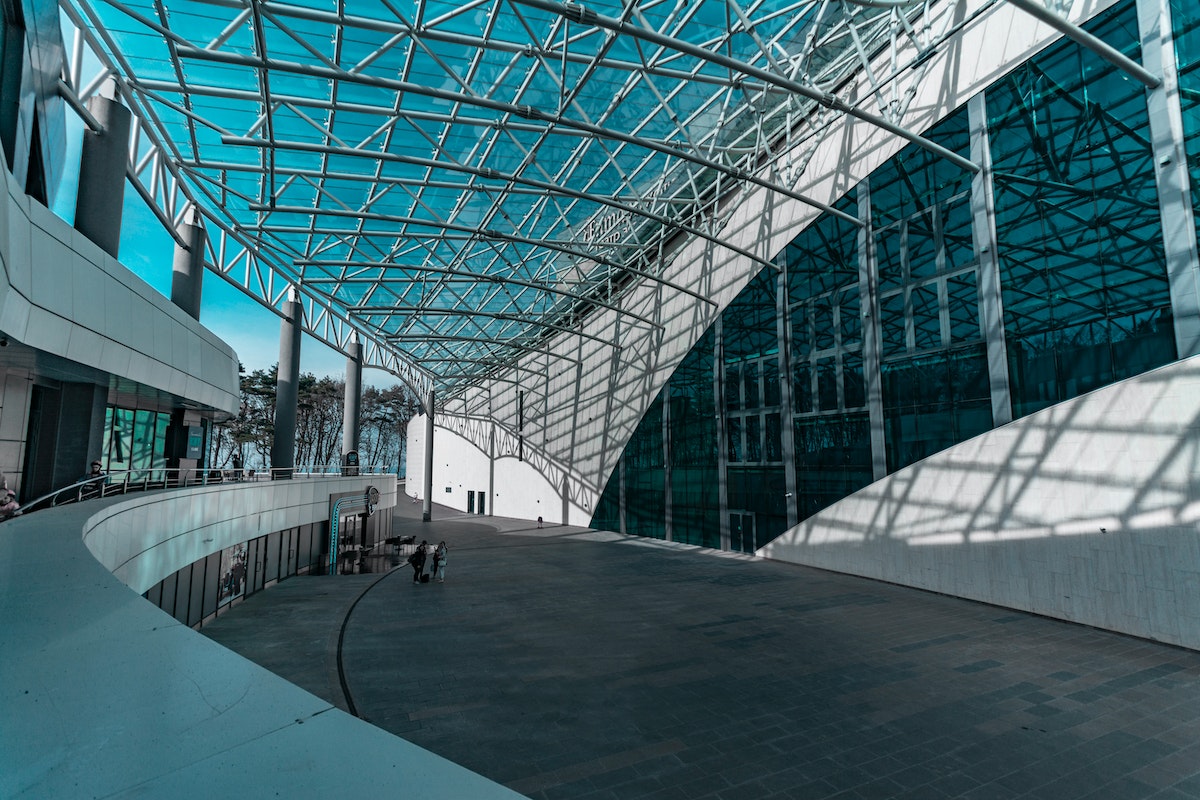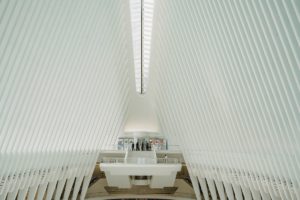Innovative Shapes in Modern Architecture

The world of modern architecture is witnessing a ground-breaking transformation as innovative shapes and futuristic forms redefine the skyline of cities across the globe. This article explores how architects are pushing the boundaries of design, embracing cutting-edge technologies, and drawing inspiration from nature to create awe-inspiring structures that captivate the imagination.
Embracing Organic Shapes:
Gone are the days of rigid, linear structures; contemporary architects embrace fluidity in design. Inspired by the grace of natural forms like flowing rivers and gentle curves of hills, buildings now feature organic shapes that seamlessly merge with the environment. Fluidity adds aesthetic appeal, optimizes energy efficiency, and encourages dynamic spatial experiences, transforming structures into veritable works of art.
Unleashing Computational Creativity:
The advent of parametric design and computational tools has revolutionized architectural concepts, enabling architects to create intricate, dynamic forms with precise control over each element. By integrating a mesh ceiling grid, architects add a touch of modernity, allowing for enhanced airflow, natural light diffusion, and artistic expression in parametric designs. The parametric architecture allows for exploring endless possibilities, unleashing creativity while ensuring structural integrity. This technology-driven approach reshapes how architects conceive and realize their visions, from mesmerizing facades to interior spaces.
Nature’s Blueprint in Architecture:
Drawing inspiration from the brilliance of nature, biomimicry in architecture imitates the principles and patterns found in the natural world. Architects study biological processes, such as honeycomb structures and bird nests, to develop innovative building techniques and materials. Biomimetic design enhances aesthetics and increases sustainability and resilience, creating eco-friendly structures that seamlessly integrate with their surroundings.
Constructing the Impossible:
With the advent of 3D printing technology, architects can now bring once unimaginable designs to life. This revolutionary technique allows for creation of intricate and complex geometries that would be challenging to achieve using traditional construction methods. From custom-designed building components to entire structures, 3D printing unlocks new frontiers of design and construction in modern architecture.
Transforming Architecture with Light:
Reflective facades add a touch of magic to modern architectural designs. Glass and metal surfaces with reflective properties create dynamic, ever-changing exteriors that respond to natural light and surrounding environments. These facades enhance the visual appeal of buildings and create energy-efficient solutions by optimizing natural light penetration and reducing the need for artificial lighting.
Inflating the Future:
The pneumatic architecture utilizes air pressure to inflate structures, offering lightweight, mobile, and temporary solutions for various applications. From event pavilions to emergency shelters, pneumatic systems showcase the potential of air as a construction material, challenging conventional notions of permanence and offering an alternative approach to sustainable design.
Movement as an Art Form:
Kinetic architecture is a remarkable fusion of engineering and art, introducing movable elements that respond to environmental conditions or user interactions. Transforming facades, adaptable interiors, and rotating buildings are some of the awe-inspiring possibilities of kinetic architecture. In these designs, metal suspended ceilings showcase kinetic architectural ingenuity, seamlessly integrating with dynamic elements that respond to motion, allowing for captivating visual displays that redefine the concept of architectural aesthetics. This dynamic approach adds visual interest and enhances user experience by enabling buildings to adapt to changing needs and climatic conditions.
Origami-inspired Elegance:
The folded architecture draws inspiration from the ancient art of origami, where flat surfaces are transformed into intricate three-dimensional forms. Architects are exploring origami-like folding techniques to create stunning facades and interior spaces with sculptural elegance. This approach blends mathematical precision with artistic flair, creating visually captivating structures that evoke a sense of wonder.
Sustainable Living with Natural Materials:
Earthship homes exemplify an eco-friendly and self-sufficient approach to modern architecture. These off-grid dwellings utilize natural and recycled materials like tires, bottles, and rammed earth to create energy-efficient, passive solar designs. Inspired by principles of biophilic design and sustainable living, earth ship homes provide a harmonious connection between residents and nature, fostering a low-impact lifestyle that reduces reliance on conventional resources.
The world of modern architecture is embarking on an extraordinary journey where innovation, technology, and nature converge to create futuristic forms that inspire wonder and amazement. Traditional constraints no longer confine architects; they embrace creativity and push design limits. From fluid shapes to parametric wonders and biomimetic marvels to Sustainable Living with Natural Materials, the future of architecture promises a captivating fusion of art, technology, and sustainable solutions. As architects explore uncharted territories, the modern skyline will evolve into an enchanting tapestry of futuristic forms that redefine our understanding of the built environment.



